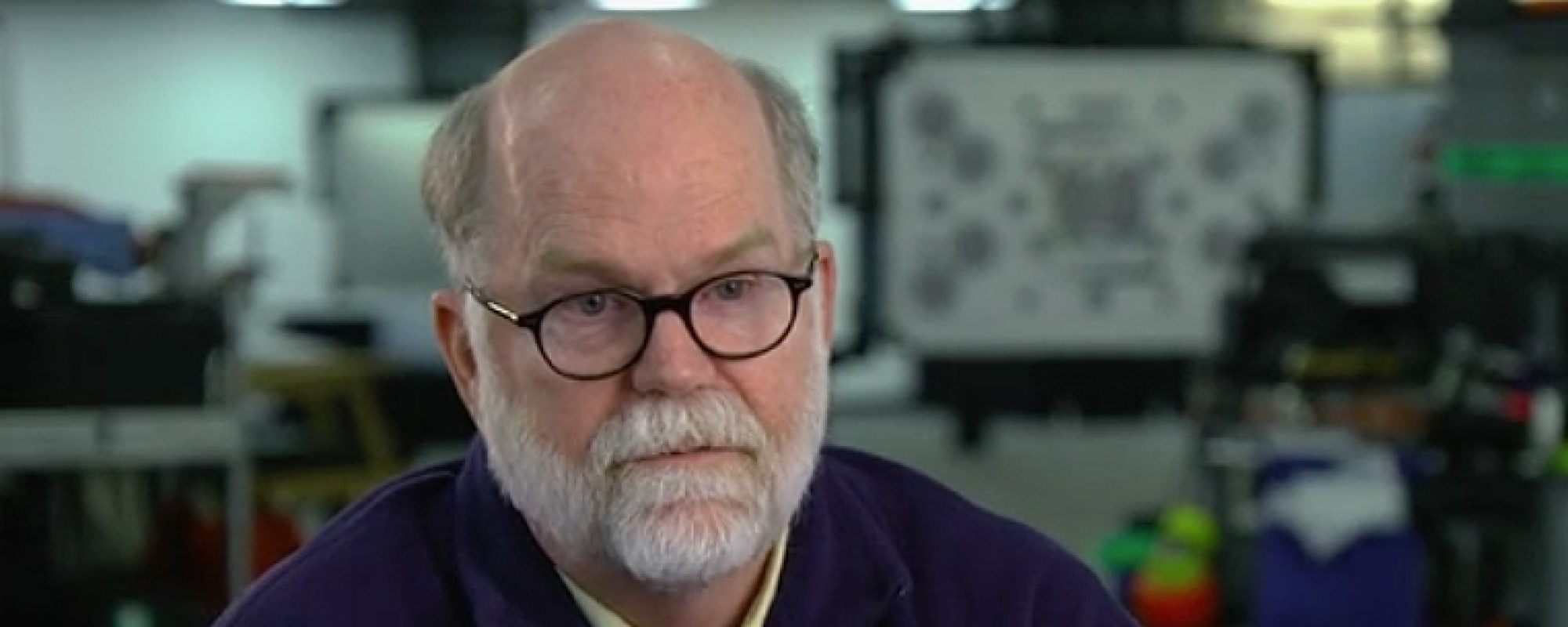All Videos
William Wages, ASC Discusses Lens Choices in the Modern Digital Camera Era
Ability to change focal lengths without switching lenses, optical quality and size discussed as top advantages for filmmakers.
For William Wages, ASC, filmmaking is first and foremost about storytelling. His role, as a premier cinematographer, is to capture the best performances with the least intrusion. “It’s less about the technology, and more about the story,” he relates in the latest video by Fujifilm, “Conversation with William Wages, ASC.”
The winner of three ASC Awards, including ASC Career in Television honors in 2012, and two Emmy nominations, Wages is known for his sumptuous landscape and intimate photography in features such as Maya Angelou’s Down in the Delta, Roland Joffe’s The Forgiven, and Steven Spielberg’s TV mini-series “Into the West,” as well as his development of filmmaking tools that create more efficiency and transparency on set.
His primary lens choice is the Fujinon 19-90mm Cabrio zoom lens. Weighing only 5.6 lbs/2.54kg, Wages describes how he was first attracted to the lens’ size and weight and secondly, its optical quality calling it a “surprise.” Wages conducted a blind test between the 19-90mm and other lenses and said it “holds up against anything on the market.”
“The most important thing to me is for a lens to be completely transparent,” Wages explains, “meaning it doesn’t impart color. It doesn’t impart anything artificial. I want it to be as clean a palette as possible so that I can change those things with lighting, filtration or color.”
He notes the ability to change focal length without changing lenses as another point in the Cabrio’s favor: “Since the 19-90 came out and I’ve started using it, I’ve not used any other zoom. It’s changed the way I shoot because of the ease of operation, the ease of not having to change lenses all the time. I just reach down and change a focal length. That’s made things go a lot faster, not only in feature films, but also in commercials and in TV series.”
Not having to endure lens change breaks while filming The Forgiven was something the film’s stars told Wages they appreciated. “When the actors are doing an intense scene, being able to reach down and zoom in 5mm to reframe and do another take can keep them in the performance,” says Wages. “Therefore, when you cut it together, you see it. There’s no fluctuation from shot to shot or angle to angle, and that’s significant because ultimately, it’s about the actors. It’s about the story. That’s the reason I want to make movies. I want to tell stories, and this is a great lens for doing that.”
With subtitles available in English, Portuguese, Spanish and Chinese, the 3:10 version of Fujifilm’s “Conversation with William Wages” was created for not only cinematographers but producers and directors throughout the world.
This content was sponsored by Fujifilm.
